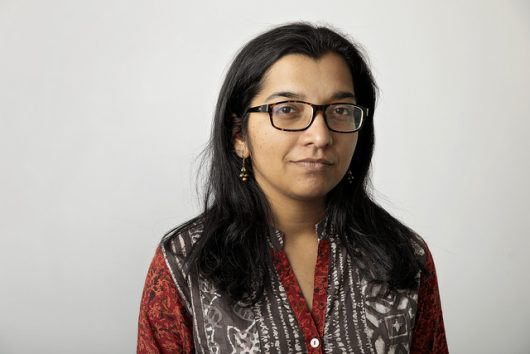Women’s Empowerment in India: The Fight for Gender Equality

We live in a world of gender inequality. Every country experiences it, and India is no exception. India is a country dominated by men, where women have significantly less opportunities; as a result of this disparity, Global Vision International created a campaign called the Women’s Empowerment Project to work with disadvantaged women to close the gender inequality gap.
By supporting these women gain access to employment, education and health care, GVI hopes to eliminate women’s oppression in a country so focused on men.
Women in India
In India, women are born into a society that is designed to have less opportunity for women. Although this population faces many challenges, there have been numerous changes to their situation over the past few decades. While the country has grown in aspects, there are certain areas where women are still lacking support. One of these is education.
Education in India
Around 82 percent of adult men in India are educated, and only 65 percent of women are known to be literate. This creates even more gender inequality — if a woman is married, and hasn’t had the opportunity to access any sort of education, she must rely on her husband. This doesn’t leave very much room for independence. Thankfully, there are a few organizations fighting for women’s empowerment in India.
Progress for Women
Along with Global Vision International’s Women’s Empowerment Project, The United Nations Development Program has created eight Millennium Development Goals, the third of which is directly related to women’s empowerment in India. The goal is to eliminate gender inequality in education on both the primary and secondary levels.
The government of India has made many changes over the past several decades. Since 1956, many laws have been passed that provide women with increased opportunities and independence. India recognizes that when women are empowered, the whole of society benefits. Some recent government acts include the Protection of Women from Domestic Violence Act of 2005, and the Hindu Succession Amendment, ensuring that women get an equal share in ancestral property.
Women’s empowerment in India has come a long way, with the support of many organizations, and the passing of laws that protect women. Women’s empowerment starts with eradicating poverty at the core, protecting women from violence and domestic abuse, and providing adequate education and job opportunities.
Organizational Support
Working alongside of the aforementioned organizations is a department of the Ministry of Human Resource Development, called The Ministry for Women and Child Development. This department was established specifically to formulate plans and provide health and safety for the women of India.
With so many organizations fighting for gender equality and women’s empowerment in India, the country has grown leaps and bounds from its former ways. Women are no longer oppressed and forced to live in the shadow of the men around them as often. Women are now able to work where they want, access higher education and thrive in their independence.
For a country that has given men opportunities for so long, India is now making long overdue strides towards eliminating gender inequality. A cohesive society starts with providing the same opportunities to everyone regardless of gender, and India is showing that change is possible.
– Allisa Rumreich
Photo: Flickr
